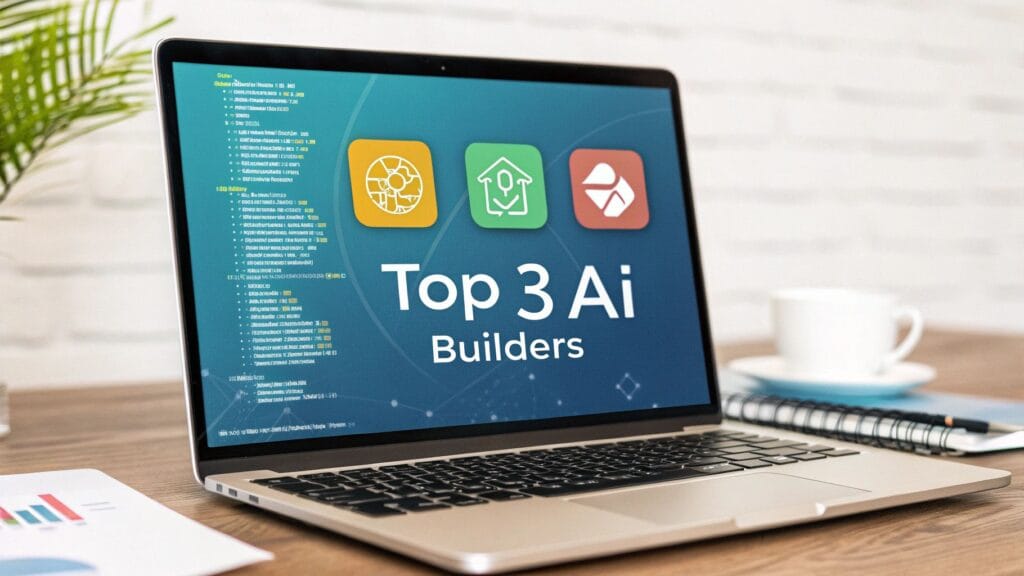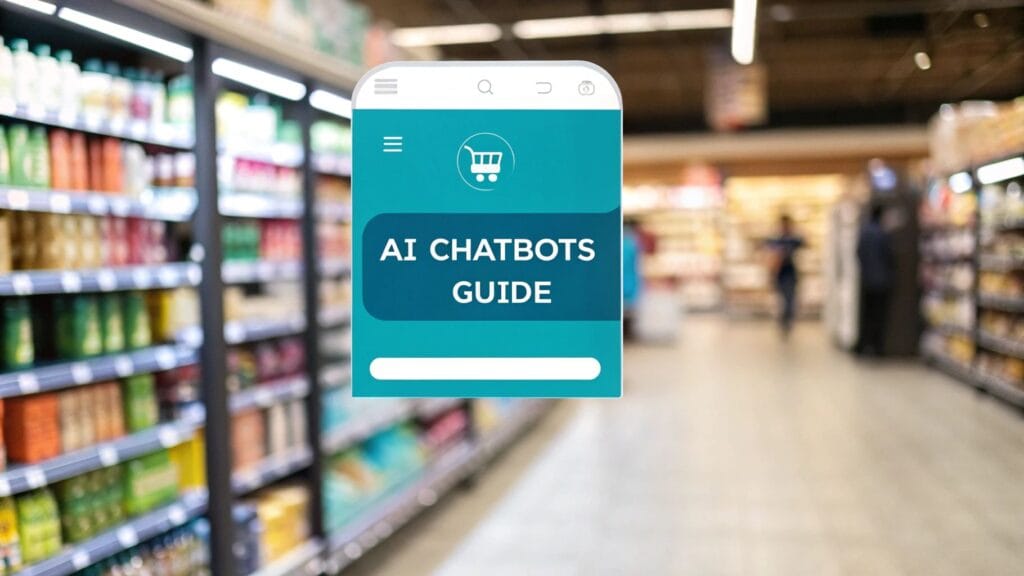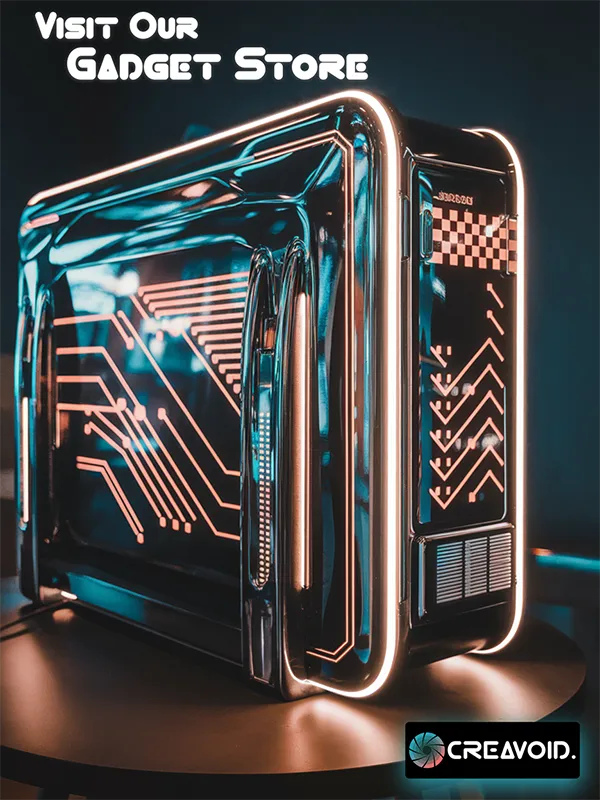Using AI chatbots for ecommerce is a popular strategy for online stores. These tools help improve the customer experience and make operations more efficient. They are like automated assistants for your website that are always ready to chat with shoppers. They offer instant help and guide customers through the buying process.
What Are AI Chatbots for Ecommerce?
AI chatbots for ecommerce are smart software programs. They are built to have real conversations with customers on your online store. They are much better than old, rule-based bots that only followed a strict script. Today’s chatbots use artificial intelligence (AI) and natural language processing (NLP). This technology helps them understand what a customer is typing. This allows them to give helpful answers right away.
An AI chatbot is like your best sales associate. It knows everything, is always friendly, and never needs a break. It can handle many tasks that are important for any online business.
Key Functions of Ecommerce Chatbots
An AI chatbot is more than just an FAQ machine. Its real power is how it drives sales and improves customer happiness. For example, a shopper might land on your site and not know what they want. A chatbot can ask a few smart questions about their needs or style. Then, it can recommend the right products. This creates a personal shopping experience and helps people feel confident to buy.
The bot's job does not end at the sale. These bots can also handle common questions after a purchase. They can:
- Give instant order status updates.
- Walk customers through returns and exchanges.
- Answer questions about shipping policies.
AI chatbots handle these routine questions. This frees up your human support team to solve more complex issues. It creates a smarter and more efficient support system.
These automated helpers are a key part of a good ecommerce strategy. They improve customer satisfaction by giving instant answers. They also smooth out the buying journey. This often leads to better conversion rates and more repeat customers.
What Are The Real Benefits of AI Chatbots?
Many ecommerce stores are adding AI chatbots for good reasons. Putting a chatbot on your site offers serious advantages. These benefits can directly impact your growth and keep your customers happy.
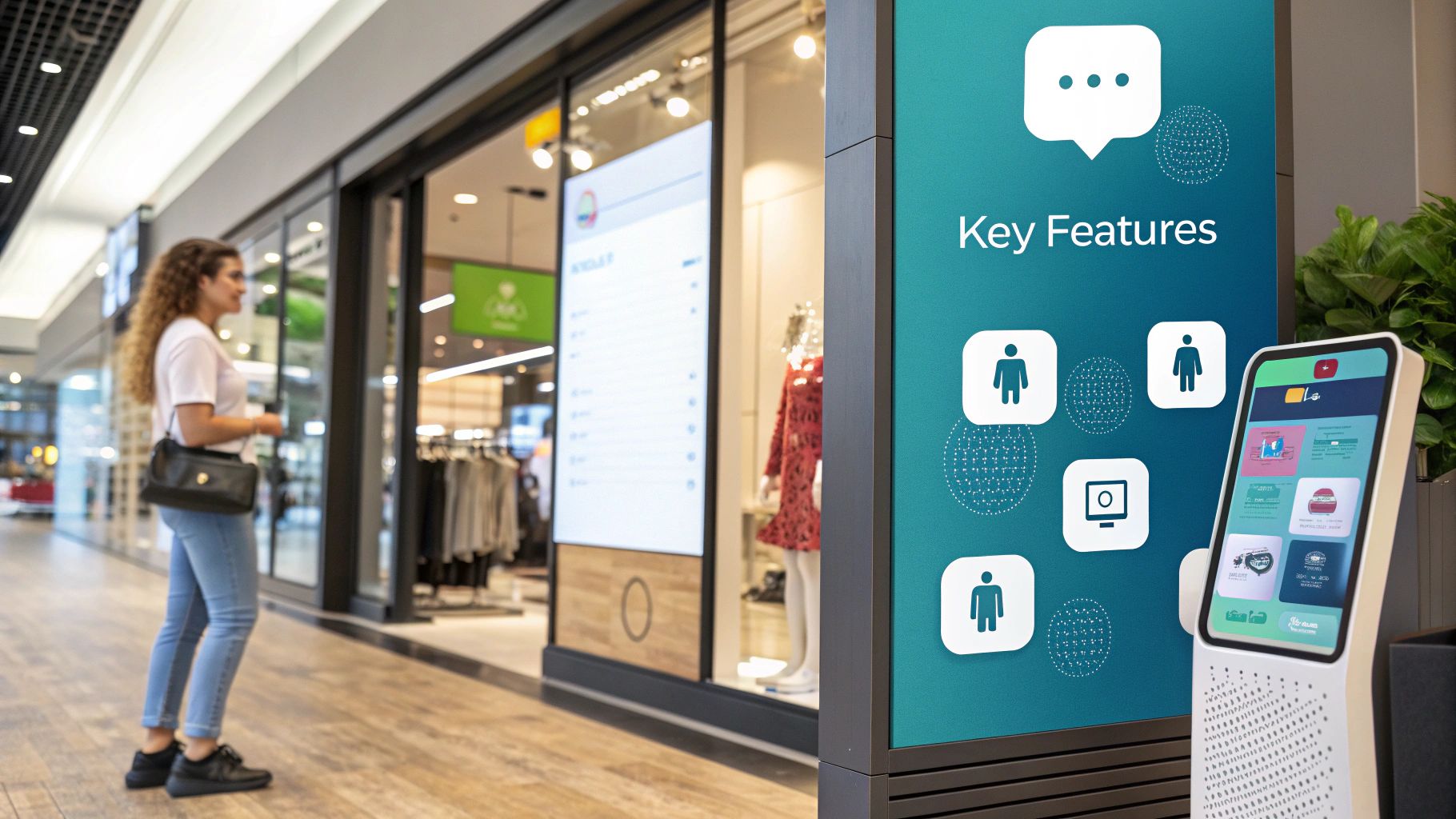
The biggest benefit is 24/7 support. Your customers shop at all hours, and their questions do not follow a schedule. A chatbot is always on and ready to help. This means a customer never has to wait for an answer. This constant availability is very important for building satisfaction and loyalty.
Most people prefer to find answers on their own before calling or emailing. A chatbot meets that need perfectly. It prevents frustration and stops potential buyers from leaving your site because they could not get a quick answer.
Keeping Customers Happy
A happy customer is a repeat customer. Chatbots give shoppers quick, accurate answers. This smooths out the bumps in the buying journey.
A customer who gets an instant response about your shipping policy feels more confident to buy. Each positive interaction builds more trust and loyalty. You will have a customer base that feels supported, which makes them come back.
A chatbot’s ability to offer consistent, quality support at any hour directly affects customer retention. Shoppers are more likely to choose your store over a competitor's when they know they can get help anytime.
This shifts your support model from reactive to proactive. Chatbots resolve issues on the spot. This prevents a small question from becoming a big problem. The result is a better shopping experience from start to finish.
Slashing Operational Costs
AI chatbots are also a great way to lower operational costs. They can handle a large volume of common questions at once. A human team cannot do that. This frees up your support agents to handle more complex issues that need a human touch.
Your team answers the same questions over and over every day. These questions include:
- "Where is my order?"
- "What's your return policy?"
- "Do you ship to my country?"
A single chatbot can answer thousands of these questions easily. This level of automation means you can grow your support without hiring more people. This leads to big savings in salaries and training.
Driving More Sales and Revenue
AI chatbots are powerful sales tools. They can guide customers through your sales funnel. They also offer smart product recommendations and can even save a lost sale.
For instance, a chatbot can engage a shopper who seems unsure. It can ask a few questions to understand their needs. Based on the answers, it can suggest the perfect product, like a personal shopper. That guidance can give a customer the confidence to make a purchase.
The numbers show the impact. Data shows that 89% of retail companies are using or testing AI in 2025. Retail chatbots have been shown to increase sales by up to 67%. AI-powered personalization can boost revenue by as much as 40%.
Chatbots are also very effective at reducing cart abandonment. A chatbot can proactively offer a small discount or answer a final question if a shopper is about to leave your site with items in their cart. Often, that is all it takes to close the sale. A smooth user journey can dramatically improve website conversion rates and turn more visitors into customers.
Practical Use Cases for Ecommerce Chatbots
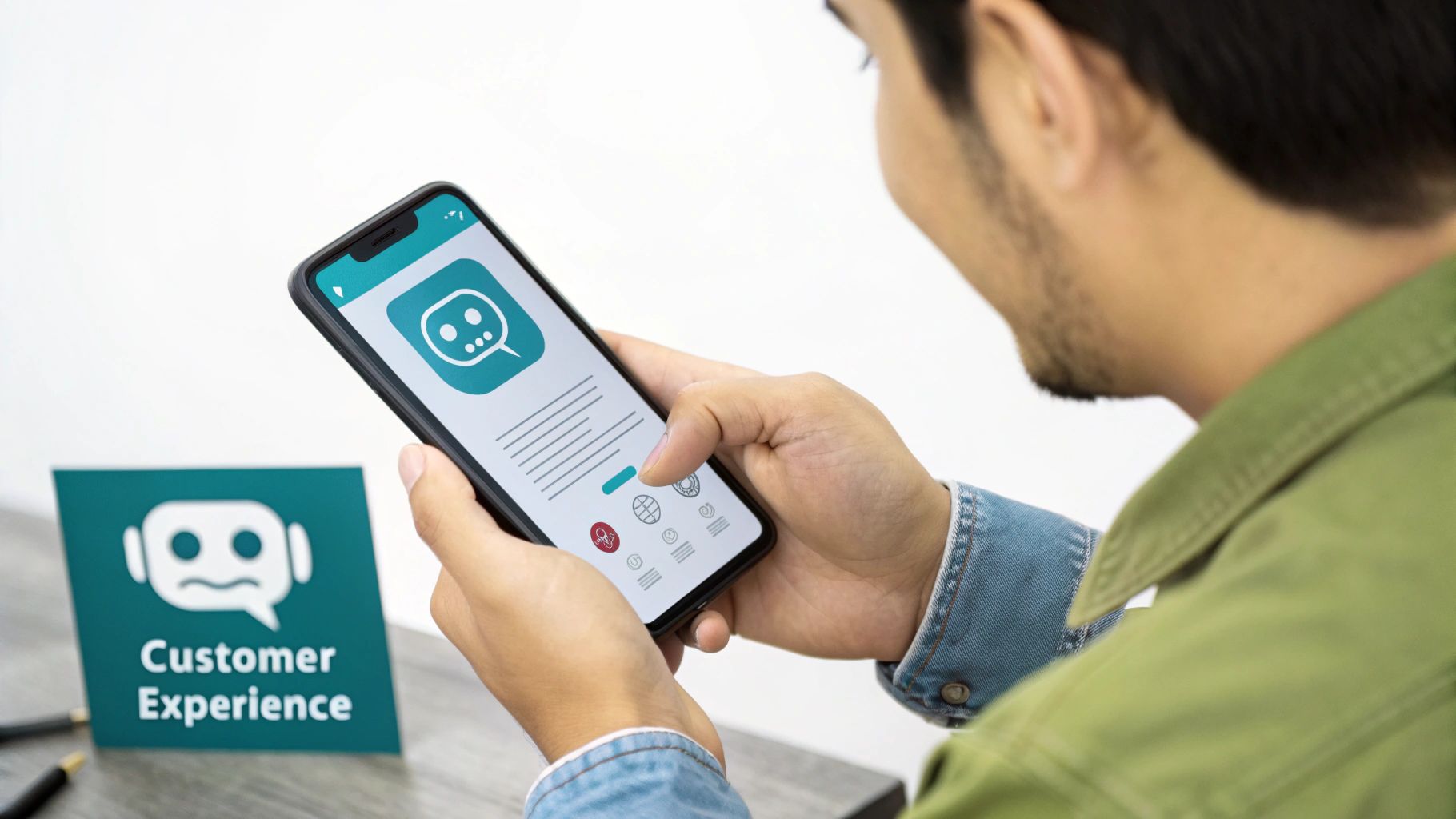
AI chatbots for ecommerce do more than just say "Hi, how can I help?" These tools are workhorses. They can handle specific, important tasks that shape the customer journey and your bottom line.
A chatbot can be your most efficient employee. It can be a personal shopper, a logistics coordinator, and a lead generator all at once. It never needs a break.
Personalize the Shopping Experience
A chatbot can act as a virtual shopping assistant. It can look at a customer’s browsing history and past purchases. It uses this information to offer product recommendations that make sense.
This turns a standard online store into a more engaging and helpful experience. The chatbot can ask targeted questions about style or preferences. It then guides the customer to the perfect product.
Streamline Order Tracking and Management
The most common question for any ecommerce team is, "Where is my order?" Answering this question repeatedly takes a lot of time. An AI chatbot can handle this task for your team.
The bot connects to your logistics software. It provides instant, real-time shipping updates in the chat window. A customer just needs their order number, and the bot finds the tracking info immediately. This self-service feature reduces customer anxiety and builds trust.
An AI-driven chatbot becomes the main spot for any post-purchase questions. This is convenient for customers and great for your support queue. It reduces the number of tickets about order status.
This automation frees your human agents to handle more complex issues where their skills are truly needed.
Simplify Returns and Exchanges
Dealing with returns can be a headache for shoppers. A slow or confusing process can make them dislike your brand. AI chatbots can make this entire process smoother.
A bot can start the return process and generate a shipping label. It can also answer any policy questions on the spot. It walks the customer through each step, making the experience clear and painless. This puts the customer in control and reduces frustration.
The bot is also great for exchanges. A bot can check your inventory and help place the new order if someone needs a different size. This happens all in the same conversation. This turns a potentially negative interaction into a positive one.
Generate High-Quality Leads
Chatbots are also great lead generation tools. They can proactively talk to visitors on your site. They can turn anonymous traffic into qualified leads for your sales and marketing funnels.
A visitor might be looking at a product or pricing page. A chatbot can pop up and start a conversation. It can ask smart questions to see how interested they are. It might ask about their budget or what features they need.
The chatbot can offer a discount code or a helpful guide in exchange for an email address once a visitor shows interest. This captures a valuable lead for your future marketing. Choosing the right tools is important here. You will want to explore your options for the best ecommerce platform for your business.
AI Chatbot Use Cases and Their Business Impact
| Use Case | Primary Business Impact | Example Interaction |
|---|---|---|
| Personalized Recommendations | Increased Average Order Value | "I see you liked the blue running shoes. We have a new lightweight model in the same color. Want to see it?" |
| 24/7 Order Tracking | Reduced Support Tickets | "Enter your order number, and I'll give you a real-time shipping update." |
| Automated Returns & Exchanges | Improved Customer Retention | "To start a return, just confirm your order details. I'll email you a shipping label right away." |
| Proactive Lead Generation | Higher Conversion Rates | "Thinking about our pro plan? I can offer you a 15% discount if you sign up today. Can I get your email?" |
| FAQ Answering | Lower Operational Costs | "Our standard shipping to the US takes 3-5 business days. You can find our full policy here." |
Chatbots are not just a "nice-to-have" feature. They are powerful tools for driving real business results. They improve the customer experience at every step.
Deliver Hyper-Personalized Experiences with Generative AI
Generative AI is making ecommerce chatbots much better. It makes conversations feel incredibly natural and human. Data shows that 74.7% of consumers prefer brands that deliver personalized experiences. These advanced bots are great at this.
They can analyze customer data in real time. This allows them to offer very relevant recommendations and support. Research shows this level of AI-driven personalization can boost customer retention by 10–15%. For many shoppers, features like live search and automated product suggestions are now top factors in their purchase decisions.
How to Choose the Right AI Chatbot
Choosing the right AI chatbot for your store is a big decision. This choice will directly shape your customer's experience and your store's success. There are many options, but it is important to know what to look for.
The best chatbot should feel like a natural part of your store. It should not be a clunky, robotic add-on. You need to find a solution that matches your specific needs, budget, and goals.
Assess Your Business Needs and Goals
First, you need to look at your business. What are you trying to achieve with a chatbot? A clear understanding of your goals will make the selection process easier.
Do you want to reduce support tickets for your team? Or is your main goal to increase sales with smart product recommendations? Maybe you are focused on stopping shoppers from abandoning their carts. Your top priority will help you focus on the features that matter.
A clear goal prevents you from paying for fancy features you will never use. For example, a store that wants to cut support costs needs a bot that is great at FAQ automation. A store that wants more sales needs one that is good at product discovery and recommendations.
Once you have your main goal, be realistic about your budget and your team's technical skills. Some platforms are simple and require no code. Others offer a lot of customization but need more technical skills to set up.
Rule-Based vs. AI-Powered Chatbots
You must decide between a simple rule-based chatbot and a smarter AI-powered one. Rule-based bots follow a strict, pre-programmed script. They are great for simple, predictable questions and are usually cheaper.
AI-powered chatbots use technologies like natural language processing (NLP). They understand what customers are asking, even with unusual phrasing. They get smarter with each conversation and deliver a more natural, human-like experience. They cost more, but they can handle complex situations better.
This image shows how AI chatbots compare to human agents.
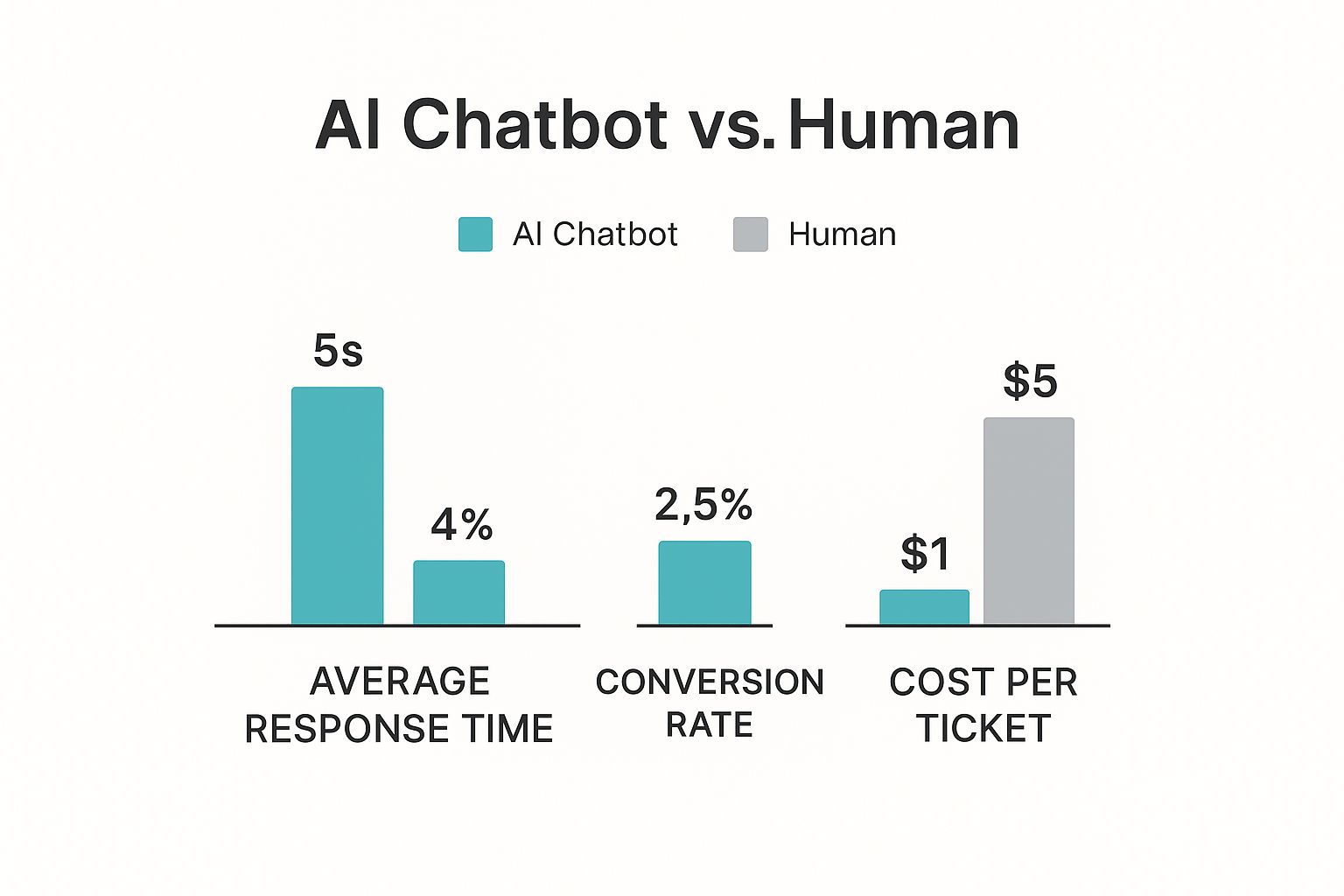
The data is clear. AI chatbots can give faster responses, drive higher conversion rates, and solve issues for a lower cost than a human.
The choice between these two types depends on your needs, customers, and budget. Here is a quick comparison.
Comparing Chatbot Types: Rule-Based vs. AI-Powered
| Feature | Rule-Based Chatbot | AI-Powered Chatbot |
|---|---|---|
| Conversation Flow | Follows a fixed, decision-tree script. | Dynamic, understands intent and context. |
| Complexity Handled | Best for simple, repetitive FAQs. | Can manage complex, multi-part queries. |
| Initial Cost | Lower | Higher |
| Setup & Maintenance | Simpler to set up, but needs manual script updates. | More complex setup, but learns and improves automatically. |
| Customer Experience | Can be frustrating if the query is outside the script. | More natural and satisfying for the user. |
| Best For | Businesses with predictable questions and limited budgets. | Businesses focused on a great customer experience and lead generation. |
A rule-based bot might be enough if your customers ask the same 10-20 questions repeatedly. You should invest in an AI-powered solution if you want a tool that can truly talk, guide, and sell.
Essential Features to Look For
You should look for a few key features when you evaluate different chatbot providers. These features ensure your chatbot will be an asset, not a problem.
First, integration capabilities are a must. Your chatbot has to work with your ecommerce platform, like Shopify or WooCommerce. It also needs to connect to your CRM, email marketing tools, and help desk software. This keeps your customer data flowing smoothly.
Next, check the customization options. Your chatbot is part of your brand, so it needs to sound like you. You should be able to change its look, tone, and pre-written responses to match your brand's voice.
Finally, think about scalability. Your business will grow, and your chatbot must be able to keep up. It needs to handle more conversations without slowing down. Ask potential vendors how their platform supports a growing business.
Here are a few key questions to ask vendors:
- Integrations: Can your platform connect with Shopify and our CRM?
- Customization: How much control do we have over the chatbot’s scripts and appearance?
- AI Model: Do you use your own AI, or is it built on a service like ChatGPT?
- Analytics: What kind of reports and performance data can we see?
- Support: What kind of support do you offer during setup and for ongoing help?
- Pricing: How does your pricing work? Is it based on conversations, users, or a flat fee?
Getting clear answers to these questions will help you make the right choice.
Best Practices for Chatbot Implementation
Making AI chatbots for ecommerce work well requires a smart approach. A thoughtful launch and ongoing changes separate a frustrating bot from a great one.

A great chatbot should feel like a natural part of your brand. It should not be a clunky, added feature. You need to plan its purpose, personality, and conversation flows before it talks to a real customer. Even the smartest bot can fail without this preparation.
Define Clear Goals and KPIs
You should first ask: what do I want this chatbot to do? Clear goals provide a roadmap. This guides every design choice and tells you if you have succeeded later.
Your main goal might be to cut support costs. In that case, you will want to automate answers to your most common questions. Or maybe you want to increase revenue. Then, your priority should be features like proactive product suggestions or saving abandoned carts.
You need to define key performance indicators (KPIs) to track after setting your goals. These numbers prove your bot is working.
- Containment Rate: What percentage of chats does the bot handle alone, without a human?
- Conversion Rate: How many people who chat with the bot make a purchase?
- Customer Satisfaction (CSAT) Score: Are users finding the bot helpful?
- Resolution Time: How fast does the chatbot solve customer problems?
Design an Intuitive Conversation Flow
Your chatbot’s conversation flow should be a clear path. A bad flow is confusing and leads to dead ends. Your job is to make the journey smooth and logical.
Start by looking at your help desk data. Find the most common questions and problems your customers have. Use this information to map out the main conversation paths your bot will need.
A well-designed conversation flow knows what the user wants. For example, if a user asks about "shipping," the chatbot should offer options like "track my order," "view shipping policy," or "calculate shipping costs."
Always provide clear buttons or quick-reply options. This is especially important at the start of a chat. It avoids the "so, what can you do?" problem and makes the bot feel helpful.
Give Your Chatbot a Brand Personality
Your chatbot is often a customer's first contact with your brand. A generic, robotic tone feels cold. Giving your bot a clear character makes the experience more memorable and engaging.
Think about your audience. Are they young and casual, or do they expect more formal language? The bot’s name, avatar, and tone should all be consistent with your brand. This helps build trust and makes the bot feel like part of the team.
Ensure a Seamless Human Handover
No chatbot can handle everything. The handover to a human agent is one of the most important things to get right. A customer should never feel trapped with a bot that cannot help them.
The transition needs to be seamless. The chatbot should gather key information like the customer's name and order number. It should then pass the entire chat history to the live agent. This simple step prevents the customer from repeating themselves, which is a big source of frustration. You can check out strategies for automated customer support to learn more.
Monitor Performance and Iterate
Launching your chatbot is just the start. The real work begins after launch. You have to monitor its performance and use that data to make it better. Look at the conversation logs. See where people get stuck, what questions the bot misses, or what new questions appear.
Use this feedback to improve your conversation flows and expand the bot's knowledge. The most successful AI chatbots for ecommerce are always learning and evolving. Regular checks and updates will turn a good bot into a vital asset for your business.
The Future of Conversational Commerce
The world of AI chatbots for ecommerce is getting smarter. It is moving toward interactions that feel less robotic and more human. Technology is advancing quickly. It is changing how online stores connect with their customers. This is the foundation for a new kind of online shopping that is more personal and interactive.
Conversational commerce is no longer just about answering simple questions. It is becoming part of the entire customer journey. The goal is to make shopping online feel as natural as talking with an expert in a real store.
The Rise of Generative AI
Generative AI is the technology behind this change. This is not your old, script-following bot. This technology allows chatbots to create new, original responses. This leads to conversations that feel dynamic and real.
A chatbot can now understand not just the words a customer uses, but also the context. For instance, someone might type, "I need a dress for an outdoor wedding next month." A generative AI chatbot can understand the event and location. It can then suggest appropriate styles and fabrics. That is helpful advice, not just an answer.
Smarter conversations create better customer experiences. Shoppers who feel understood are more likely to trust recommendations and make a purchase. This deepens the bond between them and the brand.
Voice Commerce and Hands-Free Shopping
The next big change is the combination of voice commands with ecommerce. We are already used to using voice assistants like Alexa and Siri. Soon we will expect to shop online just by speaking.
Voice-powered chatbots will let customers search for products and place orders without a keyboard. For example, you could be in the kitchen and realize you need more olive oil. You could just say, "Hey [Brand Name], reorder my last olive oil purchase," and the order is complete.
This kind of hands-free convenience makes the buying process much smoother. It also makes online shopping available to more people, like those with vision or mobility issues. Voice technology will likely become a standard feature for any serious online store.
Hyper-personalization is the next step. Future AI chatbots will not just react to customer requests. They will proactively guess their needs and offer solutions before a customer even knows they have a problem.
Predictive and Proactive Engagement
The most advanced AI chatbots for ecommerce are becoming predictive. They use data to guess what a shopper might need next. This is where hyper-personalization is important.
These bots can make very relevant suggestions by analyzing browsing history and past purchases. For example, a chatbot might alert a customer when a new model from their favorite shoe brand is available. This proactive engagement makes the customer feel seen and valued.
This approach changes the chatbot from a simple tool into a trusted shopping companion. It builds loyalty by showing that your brand understands the customer as an individual. This deep, personalized service will define the next wave of successful online retail.
As technology advances, chatbots will become even more integrated into online shopping. They will make commerce more conversational, efficient, and tailored to each person.
Got Questions About AI Chatbots? We've Got Answers.
Many questions come up when you think about adding an AI chatbot to your business. It is smart to understand the costs, what it takes to set one up, and how you will know if it is working. Here are answers to some common questions.
What Is the Real Cost to Implement a Chatbot?
The price for an AI chatbot can vary a lot. A simple, rule-based bot might have a small monthly fee. This is great for smaller stores. A complex AI chatbot that connects to your other systems will cost more. The price is often based on how many chats it handles each month.
You should keep these costs in mind for your budget:
- Subscription Fees: Most chatbot platforms have a monthly or yearly fee.
- Setup Costs: Complex bots might have a one-time setup fee.
- Maintenance: Your bot might need occasional updates to stay effective.
How Much Technical Skill Is Needed?
You do not need to be a coding expert to set up a chatbot. Many modern platforms have no-code, drag-and-drop builders. This means you or your marketing team can design conversations without writing any code.
You might need some development help for more advanced needs. For example, connecting the chatbot directly to your inventory system may require a developer. However, most platforms are built for business users, not programmers.
How Do You Measure Chatbot ROI?
Measuring the return on investment (ROI) for your chatbot is very important. You need to know it is providing value. The best way is to track specific numbers that show its direct impact on your sales and costs.
One of the clearest metrics for ROI is the chatbot's containment rate. This number tells you what percentage of customer questions the bot handled completely, without a human getting involved. Each of those conversations is a direct cost saving for your support team.
The conclusion to a blog post about AI chatbots for ecommerce should be a short paragraph. It should summarize the main points without introducing new ideas. The tone should be simple and direct. It should encourage the reader to consider the benefits of using an AI chatbot for their business. The conclusion should be the final part of the article.
AI chatbots offer many benefits for ecommerce businesses. They provide 24/7 customer support, lower operational costs, and increase sales. By personalizing the shopping experience and handling common questions, they improve customer satisfaction. Choosing the right bot and implementing it carefully can lead to significant growth. As technology improves, chatbots will become an even more essential tool for online stores.
Ready to see how intelligent automation can transform your business? creavoid builds custom AI solutions that cut costs and drive growth. Discover what's possible.


